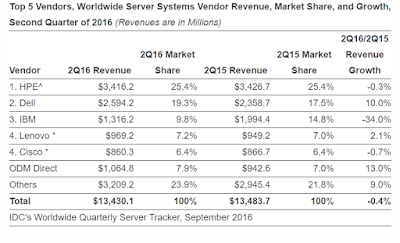Nokia Bell Labs, Deutsche Telekom T-Labs and the Technical University of Munich have demonstrated a new modulation technique that achieved a net 1 Terabit per second transmission rate - close to the theoretical maximum information transfer rate of that channel and thus approaching the Shannon Limit of the fiber link.
The trial, which was carried out as part of the Safe and Secure European Routing (SASER) project, used the optical fiber network of Deutsche Telekom. Bell Labs is calling the novel novel modulation approach "Probabilistic Constellation Shaping (PCS)." It uses quadrature amplitude modulation (QAM) formats to achieve higher transmission capacity over a given channel to significantly improve the spectral efficiency of optical communications. PCS modifies the probability with which constellation points - the alphabet of the transmission - are used. Traditionally, all constellation points are used with the same frequency. PCS cleverly uses constellation points with high amplitude less frequently than those with lesser amplitude to transmit signals that, on average, are more resilient to noise and other impairments. This allows the transmission rate to be tailored to ideally fit the transmission channel, delivering up to 30 percent greater reach.
Marcus Weldon, president Nokia Bell Labs & Nokia CTO, said: "Future optical networks not only need to support orders of magnitude higher capacity, but also the ability to dynamically adapt to channel conditions and traffic demand. Probabilistic Constellation Shaping offers great benefits to service providers and enterprises by enabling optical networks to operate closer to the Shannon Limit to support massive datacenter interconnectivity and provide the flexibility and performance required for modern networking in the digital era."
https://www.bell-labs.com/
The trial, which was carried out as part of the Safe and Secure European Routing (SASER) project, used the optical fiber network of Deutsche Telekom. Bell Labs is calling the novel novel modulation approach "Probabilistic Constellation Shaping (PCS)." It uses quadrature amplitude modulation (QAM) formats to achieve higher transmission capacity over a given channel to significantly improve the spectral efficiency of optical communications. PCS modifies the probability with which constellation points - the alphabet of the transmission - are used. Traditionally, all constellation points are used with the same frequency. PCS cleverly uses constellation points with high amplitude less frequently than those with lesser amplitude to transmit signals that, on average, are more resilient to noise and other impairments. This allows the transmission rate to be tailored to ideally fit the transmission channel, delivering up to 30 percent greater reach.
Marcus Weldon, president Nokia Bell Labs & Nokia CTO, said: "Future optical networks not only need to support orders of magnitude higher capacity, but also the ability to dynamically adapt to channel conditions and traffic demand. Probabilistic Constellation Shaping offers great benefits to service providers and enterprises by enabling optical networks to operate closer to the Shannon Limit to support massive datacenter interconnectivity and provide the flexibility and performance required for modern networking in the digital era."
https://www.bell-labs.com/



















